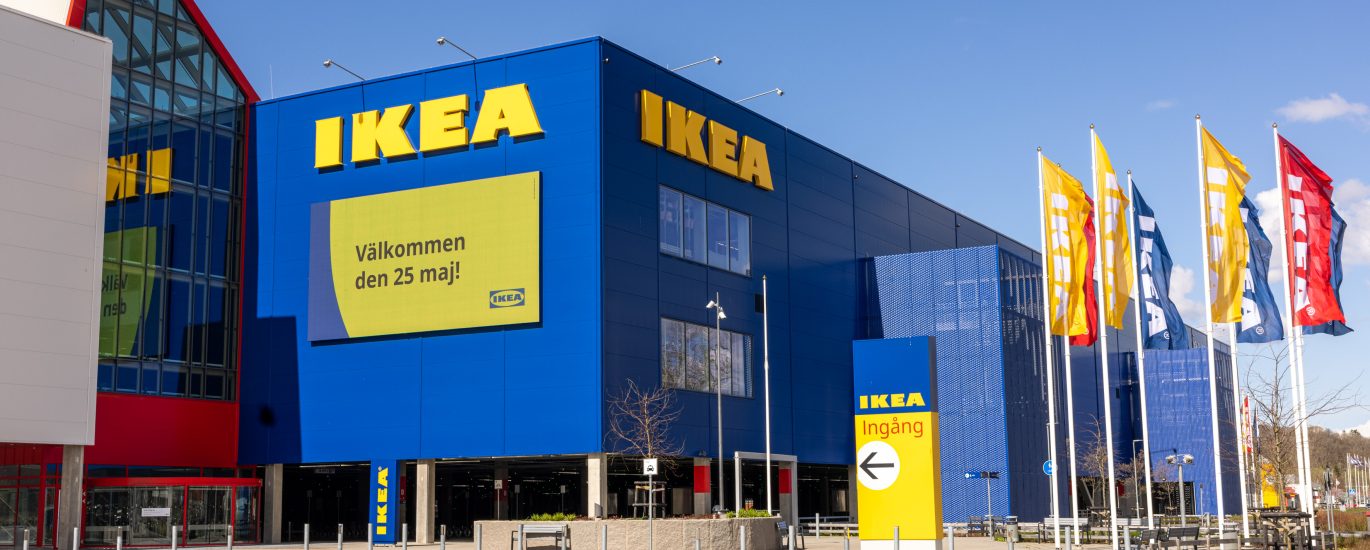Executive Summary
IKEA’s foray into India marked one of the most strategically cautious yet culturally ambitious entries in the global retail landscape. While India offered massive potential as a consumer market—with a growing middle class, rising urbanization, and increasing awareness of global brands—the complexities were equally daunting: fragmented retail infrastructure, extreme price sensitivity, and diverse cultural consumption patterns. This case study explores how IKEA redesigned its entire business strategy for India across supply chain, pricing, merchandising, customer experience, and digital formats to deliver sustainable growth. IKEA’s success in India stands as a best-practice playbook for multinational companies entering emerging markets.
Market Context & Entry Rationale
India’s Retail Landscape (2010–2020):
- Fragmented and dominated by unorganized players.
- Home and furniture market valued at ~$30B, but 90% informal.
- Rising demand from first-time homebuyers, nuclear families, and young professionals.
- Low penetration of branded, standardized furniture solutions.
Why India?
- Young population: 65% under the age of 35.
- Urban migration created demand for functional, affordable home solutions.
- Increased internet penetration supported potential for omnichannel expansion.
- Government’s push for FDI in single-brand retail offered regulatory tailwinds.
Entry Structure:
IKEA entered as a 100% FDI-owned single-brand entity under India’s evolving FDI retail policy, beginning with the Hyderabad store in 2018 after a decade-long market research and feasibility phase.
Strategic Challenges in Entering India
Key Strategy Pillars
A. Localization through Product Design
- Products re-engineered to suit Indian usage habits: foldable beds, stainless steel cookware, cotton mattresses.
- Introduced items like:
- Masala box: A staple in Indian kitchens.
- Low-height sofas: Popular in Indian living rooms.
- Compact storage: Vertical stacking to optimize smaller spaces.
- Collaborated with Indian designers to incorporate motifs, textures, and usage behavior.
- 1,000+ SKUs India-exclusive or India-customized by 2022.
B. Supply Chain & Local Sourcing Strategy
- Committed to 30% local sourcing to comply with FDI norms—achieved 47% by 2022.
- Built local supplier ecosystems across Maharashtra, Karnataka, and Tamil Nadu.
- Trained suppliers in IKEA’s global quality processes via IWAY compliance programs.
- Backward integration supported cost savings and job creation (10,000+ direct/indirect jobs).
C. Store Format Innovations
- Flagship big-box store in Hyderabad: 400,000 sq ft.
- Adapted smaller “city center” formats in Mumbai with <50,000 sq ft footprint.
- Launch of IKEA Studio and Design Labs in urban cores for high-involvement purchases.
- Introduced click-and-collect formats in Tier-2 cities.
D. Pricing and Value Engineering
- Developed India-specific pricing with psychological thresholds (e.g., ₹499, ₹999).
- Focused on volume-driven profitability: encouraged bundling, starter packs.
- IKEA Family loyalty program enhanced perceived value through rewards, previews, and member-only pricing.
- Strategic price benchmarking against local unorganized competitors, not just organized retail.
E. Cultural Relevance & CX Customization
- In-store signage and instructions available in English, Hindi, Telugu, Marathi, etc.
- Café offered Indian menu: biryani, samosa, dal, alongside Swedish meatballs.
- Emphasized family experience zones and play areas.
- Introduced paid home assembly services to counter DIY resistance.
- Extended warranties and customer support tailored to local post-sales expectations.
F. Omnichannel Play: Physical + Digital
- E-commerce launch synchronized with store expansion; enabled presence in non-store cities.
- Integration with delivery partners (Delhivery, Shadowfax).
- Mobile-first UX in app and site due to India’s dominant mobile internet use.
- Social media and influencer marketing campaigns were executed in local languages and with regional faces.
Results & Metrics

Deep-Dive: IKEA Hyderabad Flagship Performance
- Footfall: 3.2 million in Year 1, exceeding target by 28%.
- Restaurant Sales: Accounted for 13% of total revenue—a critical footfall and experience driver.
- Top-Selling Categories: Storage, small accessories, modular kitchens.
- Assembly Service Usage: Opt-in rate of 82%—validated cultural insight.
Customer Feedback Insights:
- “The store feels global but the pricing and products are for us.”
- “Even my parents like the designs—it feels Indian enough.”
- “The masala boxes and storage bins are lifesavers!”
Comparative Analysis: IKEA India vs. IKEA Global Market Entries

Lessons Learned & Replicable Best Practices
Strategic Implications for Global Retailers
- Think India First, Not Global First: Entering India needs a fundamentally different approach — not just tweaking global strategies.
- Decouple Store Expansion from Market Expansion: Digital-first, fulfillment-focused expansion is more scalable than physical-first retail in Tier-2/3 cities.
- Use India as a Lab for Frugal Innovation: Products and operational models designed for India can be exported to similar emerging markets.
- Brand Trust is Local: Earned through service, pricing transparency, and inclusion—not just advertising.
References & Sources
- IKEA India Annual Reports (2019–2023)
- Economic Times, Mint, Business Standard
- Interviews with Susanne Pulverer (CEO IKEA India)
- Retailers Association of India (RAI) Consumer Trends 2022
- McKinsey & Co: “The Future of Retail in Emerging Markets” (2021)
- Euromonitor: “India Furniture Market Report” (2022)








